Australia's new $5 note is a symbolic mess that retains relics of the past for no good reason
Australia woke up on Tuesday to a social calamity. It wasn't the latest musings of a deranged American billionaire, the prospective retirement of one of the last "good guys" of the AFL or even the shocking omission of a swimmer-cum-broadcaster-cum-swimmer from the Australian Olympic team.
Instead, it was the aesthetic, artistic and symbolic mess that is Australia's new $5 note.
First, the aesthetic. Unsurprisingly, the release of the design jolted social media into a frenzy unseen since Germaine Greer last opened a can of worms on Q&A. That is because (much like a worm) it is a pretty unpleasant thing to look at. The colour is provided by a bird no-one has ever heard of, along with a species of wattle that looks more like E.coli bacteria. The less spectrally challenging elements are dull renders of even duller institutions: Parliament House and Queen Elizabeth.
The comparisons to bad 1980s primary school murals or things partially digested by Ken Done are all valid, but they miss the most important point. The new $5 note isn't just offensive to the eye – it's an anachronism on an anachronism. Its centrepiece is a decades-old picture of a now 90-year-old monarch, all stacked onto an increasingly irrelevant means of transferring monetary value, cash.
The Queen's expression on the new design screams "why am I here?" Why indeed? The old paper $5 note did not have the monarch on it. Neither did the special-release Federation fiver. Any time we yell "heads" when tossing any Australian coin, it is the Queen's head to which we refer. In a nation firmly focused on the Asian Century, we cannot, surely, seriously consider that her majesty is the appropriate image for the newest piece of Australian currency.
With the circulation of the new note likely to survive the circulation of the monarch herself (the current iteration has been around since 1992), is there not an opportunity to celebrate an Australian on this prominent part of our national artistic real estate?
The list of worthy candidates is long and storied: athletic champions Cathy Freeman and Kerryn McCann, world-class medicos Fiona Wood and Fred Hollows, leading jurists Mary Gaudron and Michael Kirby, phenomenal artists Galarrwuy Yunupingu and Clifford Possum. The one thing they all have in common? They're Australian! Proud Australians, with extraordinary achievements – none of which came by birthright. Every one of them is relevant, interesting and worthy of celebration – in stark contrast to the current choice.
Symbolism matters. It matters that many of our national symbols currently look backwards, not forwards. It matters that our head of state is currently selected by means of an English intra-fallopian swimming competition, when it could be selected by us. It matters that in renewing something so fundamental as our currency, the government has chosen to retain the relics of the past rather than fulsomely embracing the future.
Staunch monarchist Tony Abbott's much-derided reintroduction of knighthoods, followed by the truly absurd selection of Prince Philip as one of the first inductees, fanned the embers of Australian republican sentiment into flame.
Perversely, it might well be the greatest part of Abbott's legacy, despite it being wholly unintended. Additionally, we now find ourselves a full generation on from the failed referendum of 1999 – by next year, there will be adult Australian voters who were not born when that referendum was held. The opportunity to become a republic can be seized today.
Every state and territory leader, as well as the prime minister, believes Australia should become a republic. There is majority support for the basic concept of Australia's head of state being an Australian. While those factors in no way conclude the matter, they ought to be the catalyst and the reason to move the idea of a republic again to the centre of the national conversation.
The Reserve Bank should repudiate the backward-looking stance represented by this new note. If it is true that there has never been a more exciting time to be an Australian, then Glenn Stevens (whose signature will appear on the note) should give us some national symbols about which we can genuinely get excited.
The decision to retain the monarch on our national currency makes a mockery of Australian values. In the words of the chairman of the Australian Republican Movement, Peter FitzSimons, "ultimately, it is not about the royal family, and their children. It is about our Australian family, and our children."
Fixing the fiver is just the start.
Will Fowles is a government relations consultant and a member of the national committee of the Australian Republican Movement.

